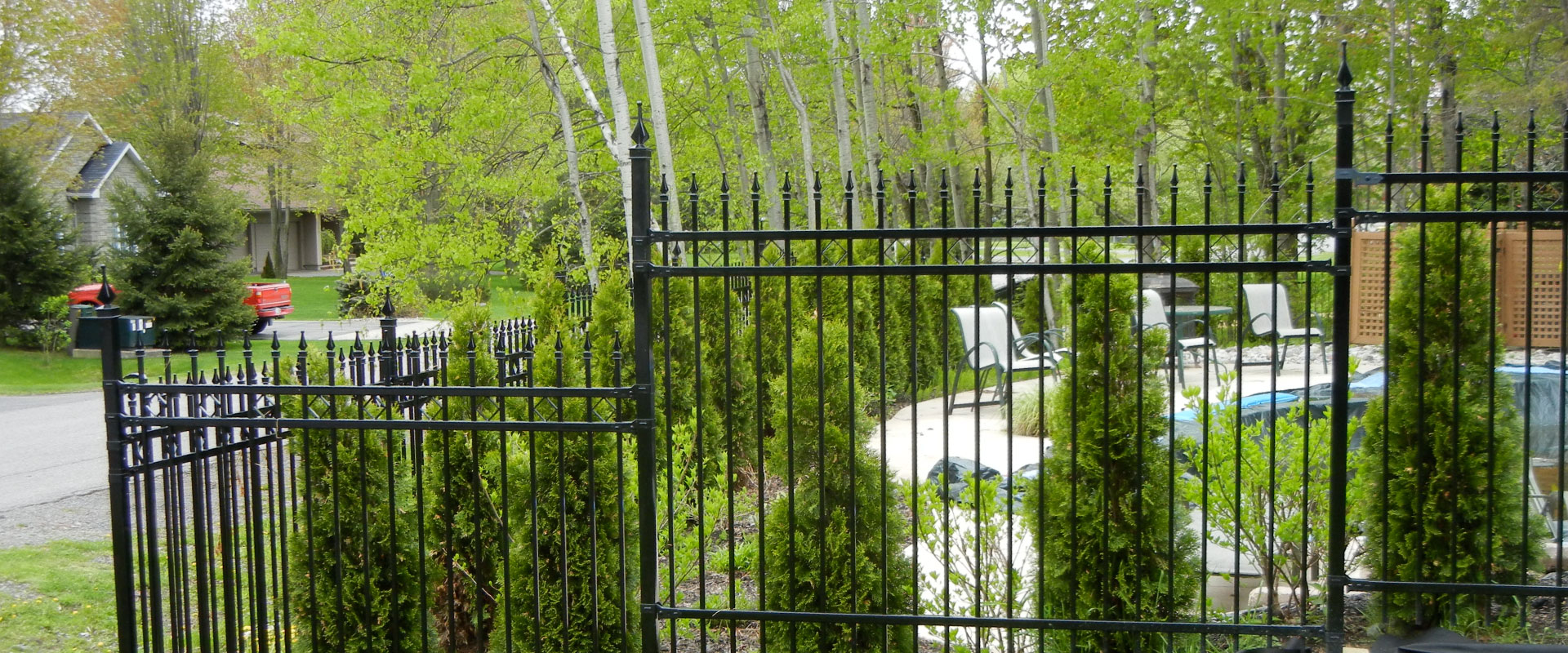All Categories
Featured

Whether you like the traditional appearance of paint or the natural appearance of a tarnish, these coatings secure your wooden fencing from the components and prolong its lifespan. Exactly how often should you paint or stain your wood fence?
Variables That Affect Painting and Tarnishing Frequency. The frequency at which you require to repaint or discolor your fencing is affected by a number of variables, including your climate, the sort of wood, and the coating you select. Comprehending these factors can aid you set a much more exact schedule for your fence's upkeep.
- Environment and Weather Issues. The regional climate problems in your location will certainly have a significant effect on how quickly your fence needs focus. In regions with extreme weather, the fence will experience even more deterioration, needing more regular upkeep.
Hot, Sunny Climates: Straight sunshine can trigger wood to dry out and end up being weak, causing splitting and fading. You may require to paint or restain every 2 to 3 years to maintain its look and secure it from UV damages if your fence is subjected to intense sunlight. Rainfall and Moisture: Locations with regular rainfall or high humidity can bring about moisture seeping into the timber. This can create the timber to swell, rot, or develop mold and mold. In such environments, staining or paint every 1 to 2 years is typically necessary to maintain the wood sealed and shielded. Cold, Freezing Temperatures: If your fence is subjected to freezing temperature levels, the timber might contract and increase with the changes in temperature. This can discolor or cause the paint to peel and break. In chilly climates, fences normally need to be painted or restained every 3 to 5 years. 2. Kind of Timber. The kind of timber your fence is made from will impact exactly how often it requires paint or staining. Different timbers respond in a different way to weather, moisture, and UV rays.
Cedar and Redwood: These woods are naturally resistant to decay and pest damages, making them extra sturdy than various other timbers. Nonetheless, they may still call for staining every 2 to 3 years to keep their shade and shield them from the sun's rough rays. Pine and Fir: Softwoods like ache and fir are more prone to absorbing dampness and fading gradually. You might need to stain or paint these timbers more frequently-- concerning every 1 to 2 years-- to stop water damages and keep them looking fresh. Pressure-Treated Timber: Pressure-treated timber withstands rot and pest damages but can still absorb moisture. It's advised to apply a tarnish or sealant every 2 to 3 years to maintain the wood protected. 3. Paint vs. Stain. The sort of finish you select for your fencing-- paint or tarnish-- affects how often you will require to touch it up.

Paint: Paint types a thick, safety layer externally of the timber. It's great at obstructing out UV rays and dampness, however in time it can peel, crack, or fade. Usually, a repainted fencing requires to be painted every 3 to 5 years, relying on exposure to the elements. Discolor: Tarnish soaks into the wood, providing a more natural appearance while still using protection from wetness and UV rays. Discolor generally needs to be reapplied every 2 to 3 years, as it has a tendency to discolor faster than paint, especially when revealed to route sunshine. 4. Signs Your Fencing Needs a Fresh Coat. Even if you do not follow a set timeline for paint or staining, it's vital to expect signs that indicate when your fencing needs interest. Look for these typical indicators:
Fading or Discoloration: If your fencing is shedding its color or has transformed grey, it might be time to use a fresh layer of tarnish or paint to restore its appearance. Breaking or peeling: If the paint or stain is peeling or breaking, your fence is no more completely safeguarded, and water may have the ability to seep right into the timber. This can lead to rot or mold. Water Taking in: You can do a straightforward water examination by spraying some water on your fence. The finish is still functioning if the water grains up. It's time to restain or paint if it soaks in. 5. Proper Maintenance for Longevity. To expand the life of your fence and guarantee the most effective outcomes, require time to prepare the surface prior to applying paint or tarnish. Tidy the fence thoroughly, eliminating dust, mold, particles, and mold. Repair any cracks or damages to the timber before starting the discoloration or paint procedure.
Choose a completely dry, moderate day for applying your finish. Stay clear of doing this on incredibly hot, cool, or moist days, as it can stain or cause the paint to completely dry as well rapidly, leaving streaks or an uneven coating. Adhere to the maker's guidelines for the very best application techniques, and constantly allow the timber to dry fully in between coats.
Final thought. As a whole, a wooden fence must be repainted or discolored every 2 to 3 years, though the regularity can vary depending on your environment, the kind of wood, and whether the fence is painted or stained. Regular maintenance assists secure the wood from damage triggered by sun, moisture, and rainfall, ensuring your fence remains solid, functional, and appealing. By remaining on top of fencing care, you can appreciate its beauty for many years to find, without the worry of premature deterioration.
Latest Posts
Chill, Sip, and Enjoy at Shake Alley
Published Apr 20, 25
2 min read
Maximize Your Savings Prospective with WyHy MAX Cash Market
Published Apr 20, 25
1 min read
Trusted Auto Repair in Your Area - Trust Montclare’s Certified Professionals
Published Apr 20, 25
2 min read